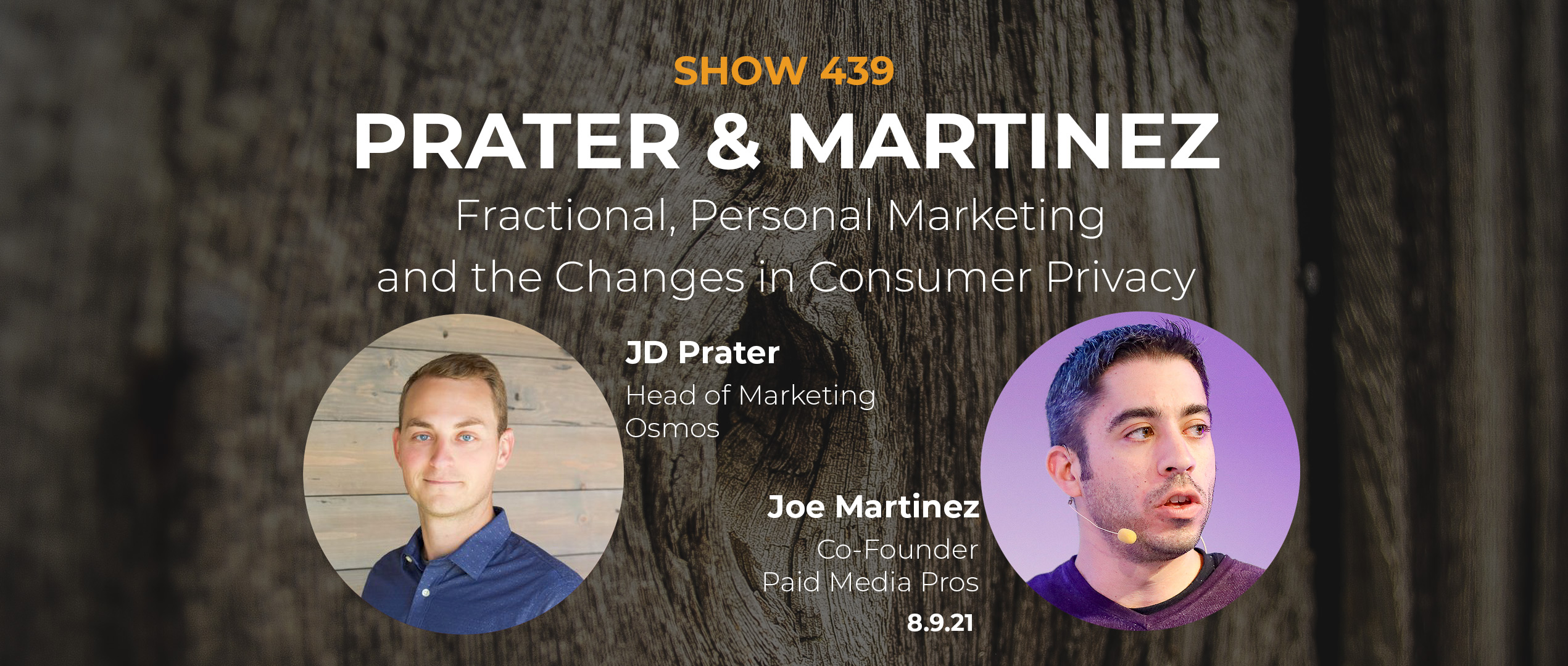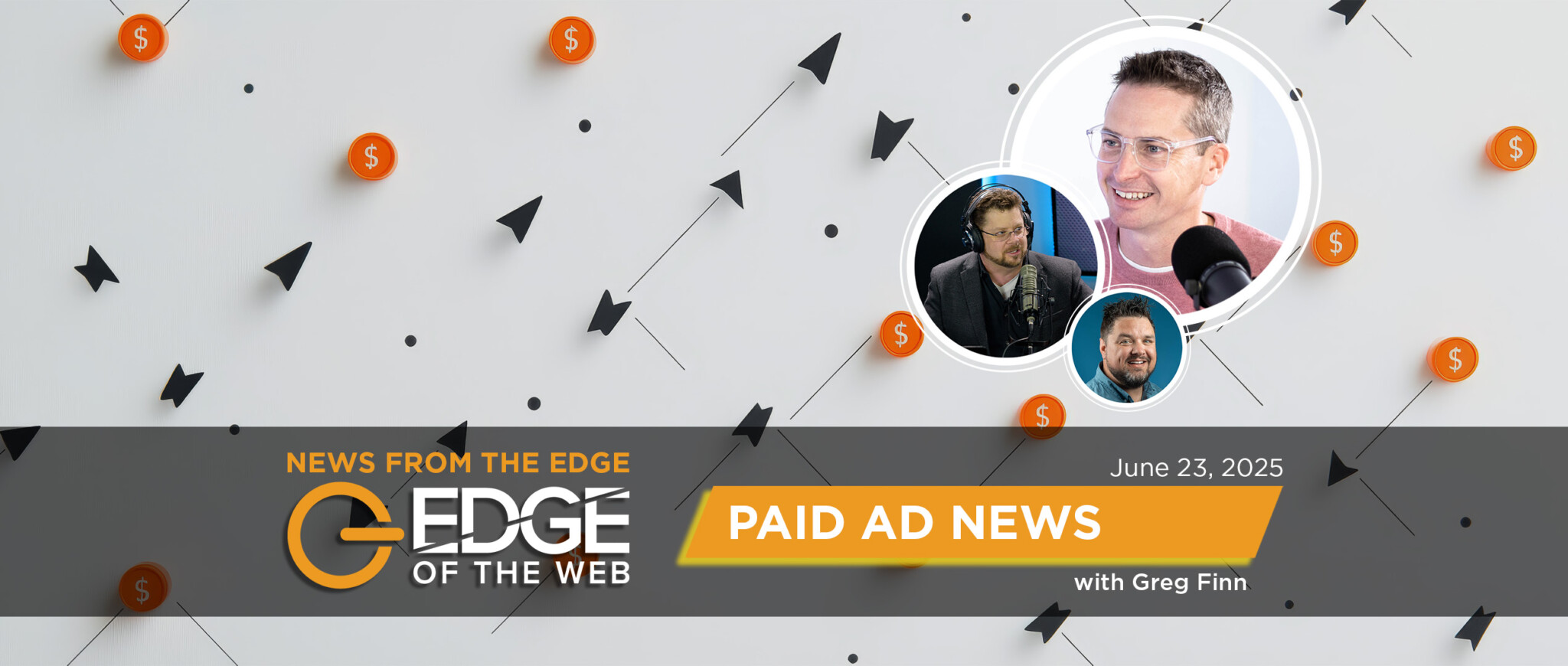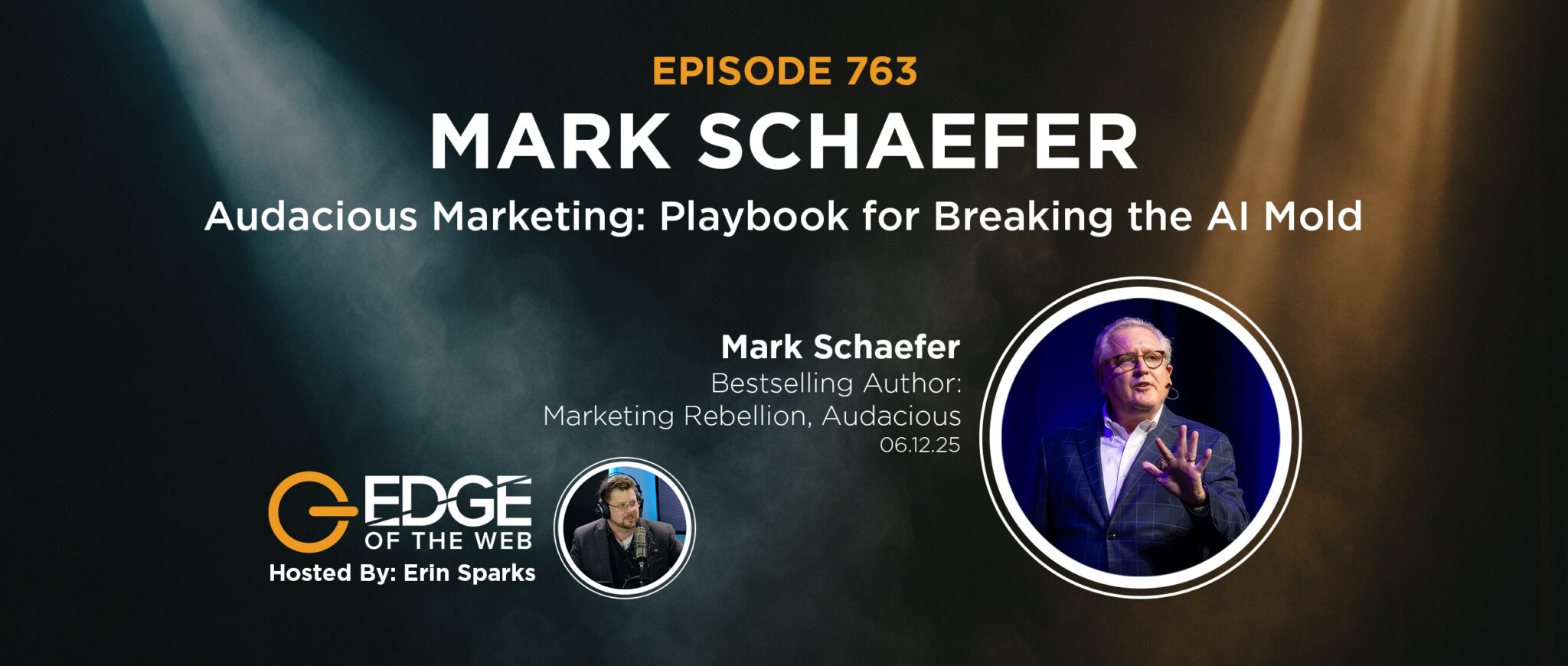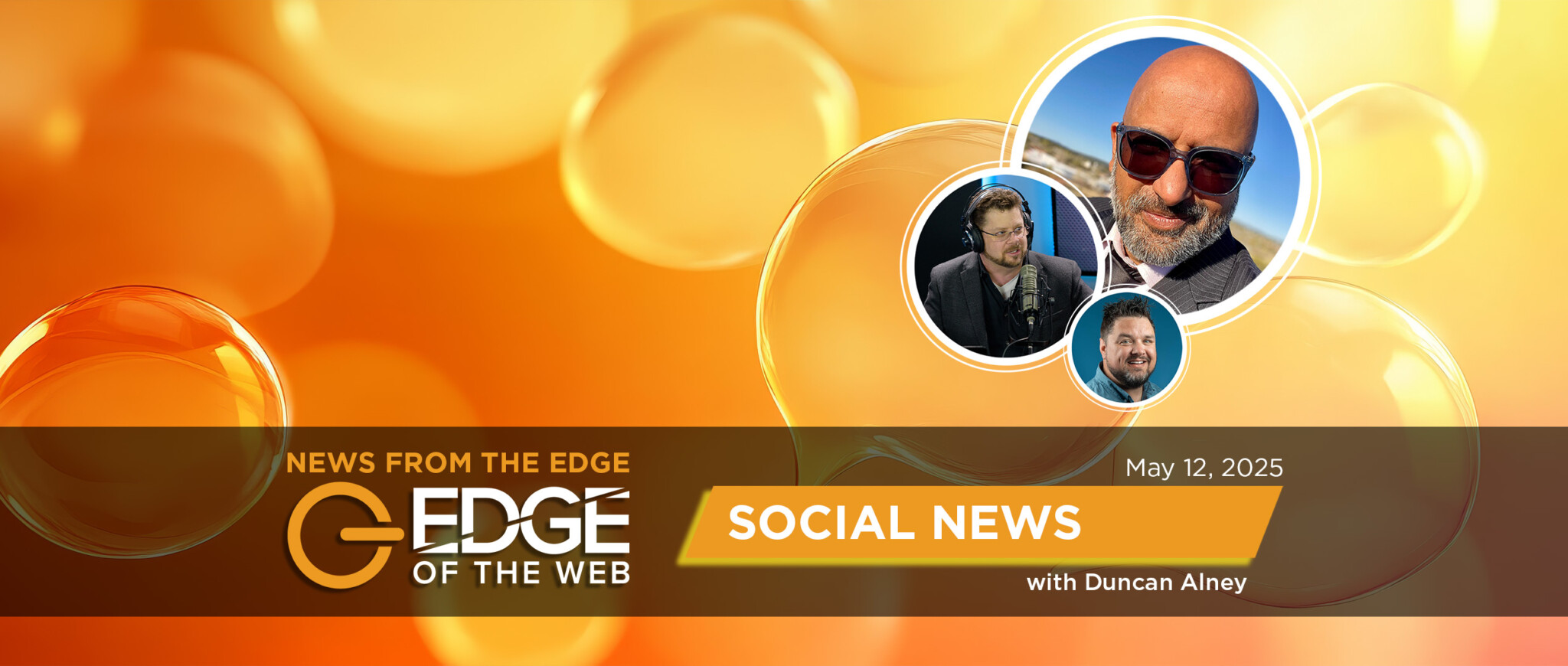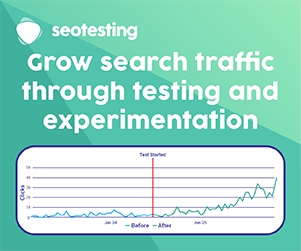We’re joined by two experts in this interview! JD Prater and Joe Martinez join us to discuss relationship-marketing, client fears and the hot, hot topic of data collection. Marketing is changing fast, and it’s time we start to unpack what the heck is going on.
[00:07:00] What does JD and Joe see evolving in the digital marketing space, taking in consideration the year and a half we have been through with Covid.
[00:09:39] Innovation comes from constraint
[00:15:08] JD’s new gig at Osmos and Joe’s new move to run his own shop
[00:18:37] Do companies really get the new relationship-marketing strategies?
[00:21:52] Client fears on a non-mainstream platform
[00:23:36] When the light bulbs go off with a client and a tactic
[00:23:36] Any time you can specialize….
[00:26:48] The loss of targeting – privacy laws
[00:30:05] The data collection mindset for marketers
[00:34:48] Last stop: Google’s FLoC. What the FLoC is happening?
Fractional, Personal Marketing and the Changes in Consumer Privacy
As machine learning continues to thrive, marketers are pushed to work alongside AI and guide it. Companies slowly embrace marketing on smaller platforms upon seeing that it is reaching audiences. Privacy policies changing are also being recognized as beneficial for the consumer, keeping the consumer as the priority.
Meet Prater and Martinez
JD Prater is the Head of Marketing at Osmos. He not only has a finger of the pulse of product marketing but is a seasoned product marketer that excels at go-to-market strategies. He develops product narratives that resonate with the audience and grows revenue.
Joe Martinez is the Co-Founder of Paid Media Pros. He’s an international paid media writer and speaker. Previously the Direct of Client Strategy at another company, Martinez now hosts a YouTube channel called Paid Media Pros.
New Innovations
Innovation coming from constraint is apparent in the way marketers have had to become more innovative over the year. For certain accounts and clients that were struggling, budgets began shrinking, forcing marketers to get clever.
It was an opportunity to explore other big and small channels, such as LinkedIn or Google. Marketers were able to do and test out a lot of different intent-oriented messaging to fill better the lattice that is the buyer’s journey and connect at different levels.
Platforms are making it easy for the everyday person to set up a campaign and drive leads. The adoption of digital marketing outside of marketers is getting people results without having to do a lot.
However, machine learning not governed by crucial business goals—the work a digital marketer will do—sometimes runs you into a cliff. AI thinks it knows what you’re looking for, but it may not match your content with people you’re trying to reach, even though the campaigns are spending your money fast regardless.
Prater’s company, Osmos, has an AI-powered transformation that takes messy data and makes it clean. To do this, a human must give the AI the guidelines of what to do. It comes down to what makes a good conversion. Did the user convert into a customer, or were they a paying customer? This is where humans must guide the AI, which enables the AI to give us more data to understand what’s working and what’s not working. Understanding the consumer model, behavior, and probabilistic concepts gives more maturity over AI.
Fractional Marketing: Is It Being Embraced?
This type of relationship-authority trust marketing is foreign to mass marketing but can get it once they see what it does for them. Planting a brand on smaller platforms, such as Reddit or Quora, has benefits but can’t be scaled.
It creates a relationship with the customer, being done with a level of intent, from both creative messaging and subject matter expertise, while continually paying back to that channel. Clients may question why these channels are worth going to but explaining that they are reaching the audience where they are, which is what good marketing is—trying to hone in on the audience and how they can deliver value to them.
Where is your audience? Clients want to be where the people are. Google and Facebook may be where the people are, but the mentality needs to change. Other platforms offer specific targeting options and unique ad formats that keep track of what is the best for a company.
Smaller platforms have these nuances and innovations because they have unique audience targeting. Anytime you can specialize in one of these smaller platforms and audience targeting, you’re going to do well. Each industry finding a platform that their audience is on provides different ideas, which is why there has been better adoption among marketer’s clients.
Privacy Issues and Their Effects
A lot of targeting ability will be lost soon due to Apple changing the existing user permission protocol. Apple requires explicit permission to share a user’s data, which will affect marketing. Without the ability to pull from data, there is less ad optimization. How will campaigns be affected? How are marketers going to evolve?
A company running a lead generation campaign will be able to collect information lost from new policies. To do better marketing and get information back from channels, you must help other branding platforms and channels to focus on using that information from lead-gen campaigns.
The collection mindset is necessary before anything else. You can spend time getting legitimate customer information through on-channel features like lead-forms across platforms. When the user stays on the channel, those actions are being recorded.
These new regulations are protecting consumer privacy, which is what people want. People don’t want their data tracked, and this privacy will become the new norm. Poll in as much as possible to gain information and have a connection with the audience.
FLoC
Google’s FLoC, the posited federative learning of cohorts, is positioned as the replacement signal for third parties. We will learn more about the audience using deductive reasoning as opposed to direct cookie tracking. The most influential audience, which is based on Google search history, won’t be affected. The user will be happy about the privacy they are gaining.
Navigating the Future
What you’ve been used to won’t be available, so start prepping for the future now. Understand your marketing options and make sure your data policy is tight. Marketers are bettering how they determine what to put in front of the customer to trust the site and want to give their information. Innovation and policies are making people realize that we need to do better for the customer experience. In exchange, you have the opportunity of a higher conversion when done correctly.



